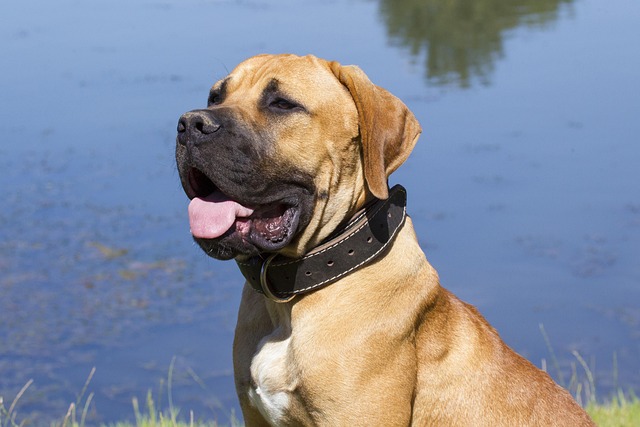
How do i train my dog to be obedient?
Watching your dog dart across the park ignoring your calls isn’t just frustrating—it can put them at risk near busy streets or public spaces.
The idea of watching your dog leap, weave, and race through an agility course is exhilarating. But before you dive in, it’s essential to understand the journey ahead, ensuring you’re not only having fun but also adhering to local pet activity guidelines and animal welfare considerations.
Begin by assessing your dog’s physical readiness. Agility training requires strength, endurance, and flexibility. Puppies under a certain age—usually around 18 months depending on the breed—should avoid intense jumping or strenuous obstacles, as their bones and joints are still developing. A quick vet check can confirm your dog’s fitness for this high - energy activity, helping you avoid potential injuries that could be considered negligence under animal care regulations.
Once you’ve got the green light, start with basic obedience. Commands like “sit,” “stay,” and “come” form the foundation of agility training. Without these skills, your dog might struggle to follow course instructions. Think of it like learning grammar before writing a story—mastering obedience ensures smoother communication between you and your furry trainee. Plus, well - behaved dogs are more welcome in community - organized agility events.
 Next, introduce simple obstacles at home. You don’t need a full - fledged agility course right away. Use household items like hula hoops for jumping practice or broomsticks set at low heights for weaving. Gradually increase the difficulty as your dog gains confidence. However, always prioritize safety; poorly constructed homemade obstacles could lead to accidents, and responsible pet owners are expected to provide a hazard - free training environment.
Next, introduce simple obstacles at home. You don’t need a full - fledged agility course right away. Use household items like hula hoops for jumping practice or broomsticks set at low heights for weaving. Gradually increase the difficulty as your dog gains confidence. However, always prioritize safety; poorly constructed homemade obstacles could lead to accidents, and responsible pet owners are expected to provide a hazard - free training environment.
Positive reinforcement is key in agility training. Dogs respond best to rewards like treats, praise, and playtime. When your dog successfully navigates an obstacle, celebrate immediately. This positive association encourages them to repeat the behavior. Avoid punishment - based methods, as many regions prohibit such training techniques under animal welfare laws. Instead, focus on building trust and a positive training experience.
If you want to take your training to the next level, consider enrolling in an agility class. Professional trainers can offer personalized advice, correct your techniques, and introduce more advanced equipment safely. These classes often follow industry - standard training methods, ensuring your dog’s development aligns with recognized practices. Additionally, many local areas have regulations regarding where organized pet training can take place, so choosing a registered class helps you stay compliant.
Starting your dog on agility training is an exciting adventure that combines physical activity, mental stimulation, and a deeper bond between you and your pet. By taking the time to prepare properly, follow ethical training practices, and respect local regulations, you’ll set the stage for countless joyful and rewarding training sessions.

Watching your dog dart across the park ignoring your calls isn’t just frustrating—it can put them at risk near busy streets or public spaces.

New puppy owners often find themselves rushing to clean up accidents before they set in, and that’s where puppy pad training becomes a game-changer.

If you've noticed your dog's waistline disappearing and your veterinarian has mentioned those few extra pounds, your first instinct might be to simply reduce the amount of food in their bowl.

Training a dog to use a designated spot indoors isn’t as daunting as many new owners fear, but it does take consistency and an understanding of your pet’s needs.

That moment of dread on a walk is all too familiar for many new dog owners. You see another dog approaching down the sidewalk of your neighborhood

If the sight of another dog on your neighborhood walk makes your heart sink as your own dog erupts into a frenzy of barking and lunging, you're not alone.